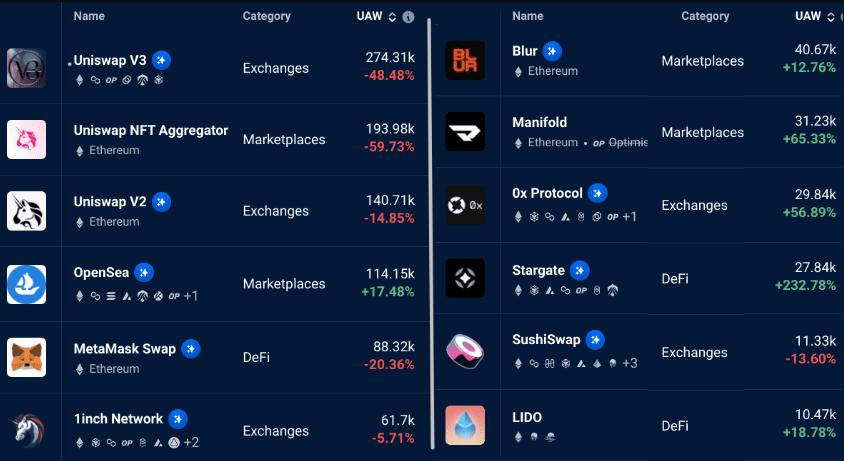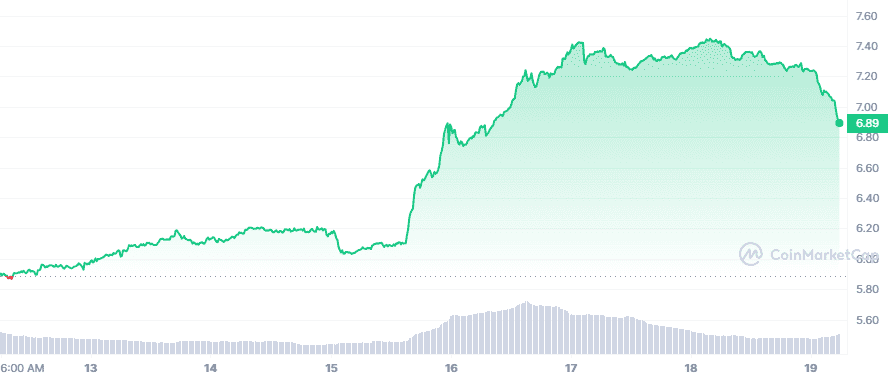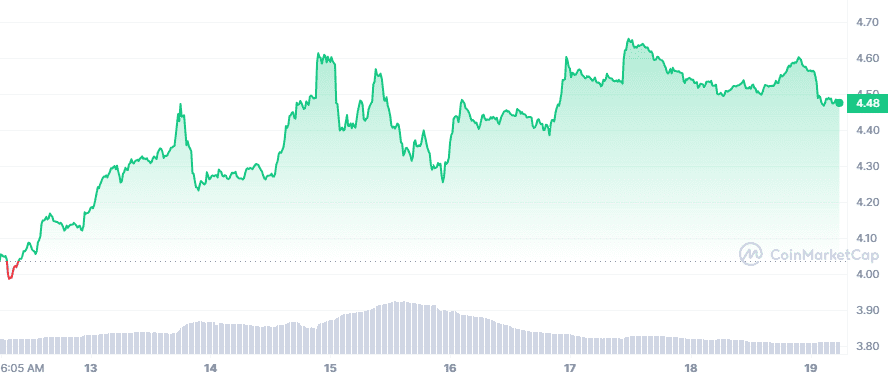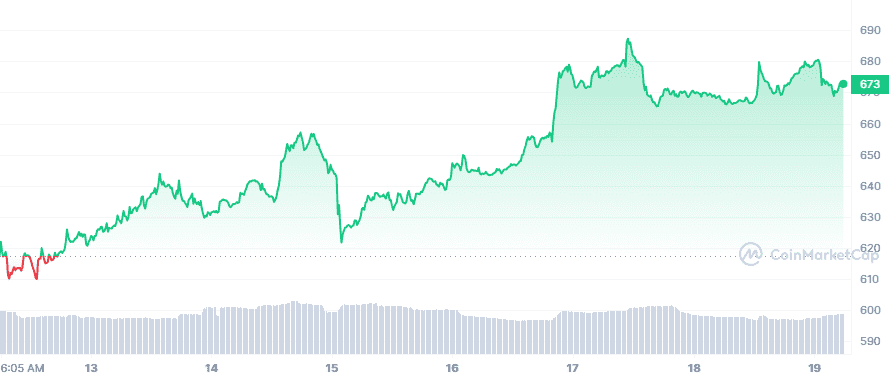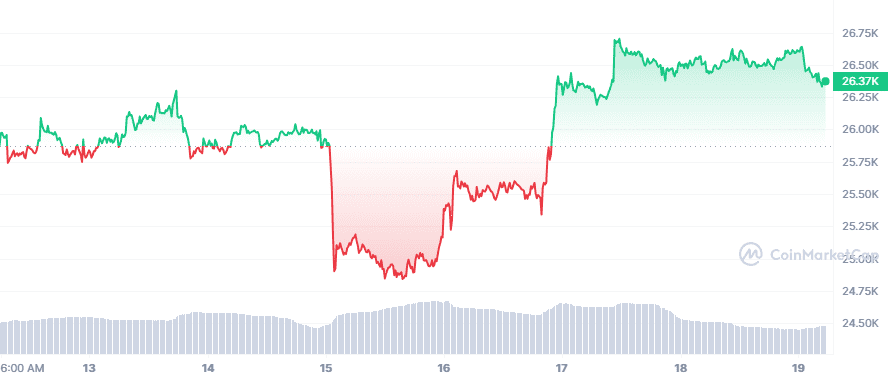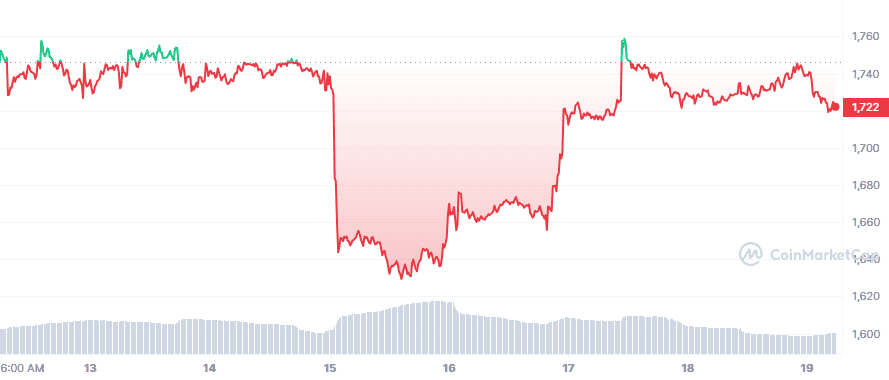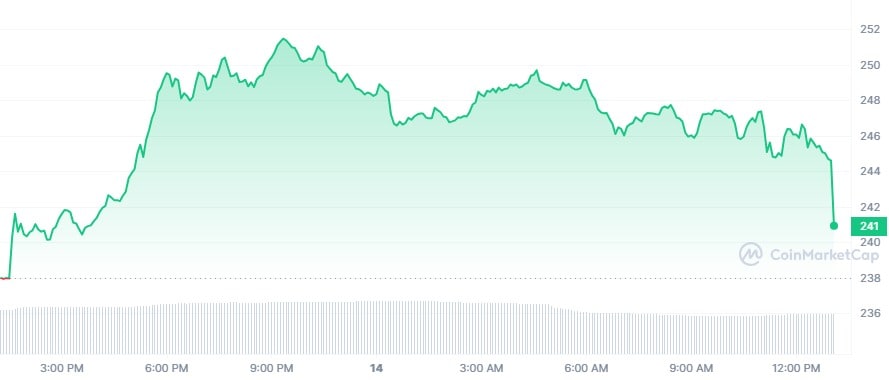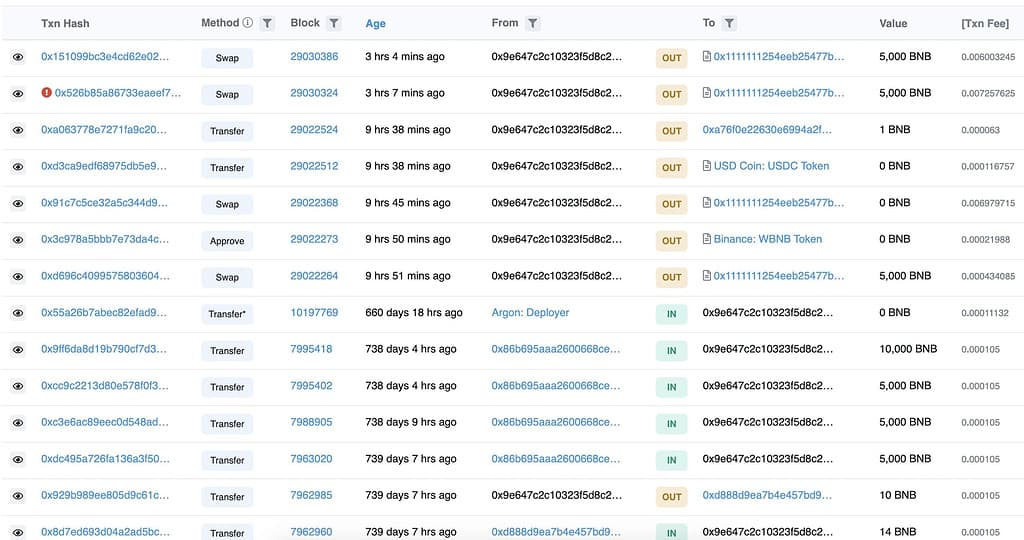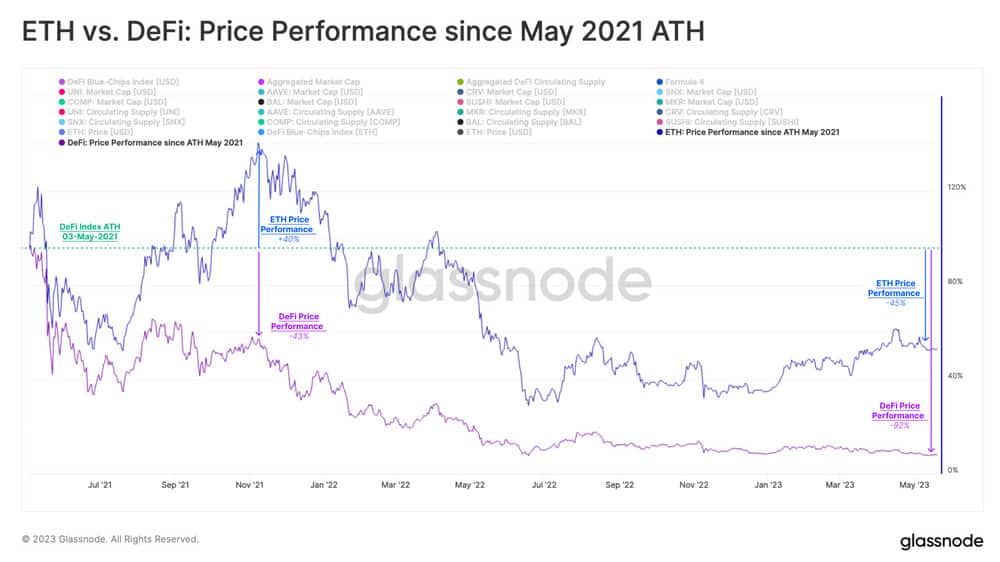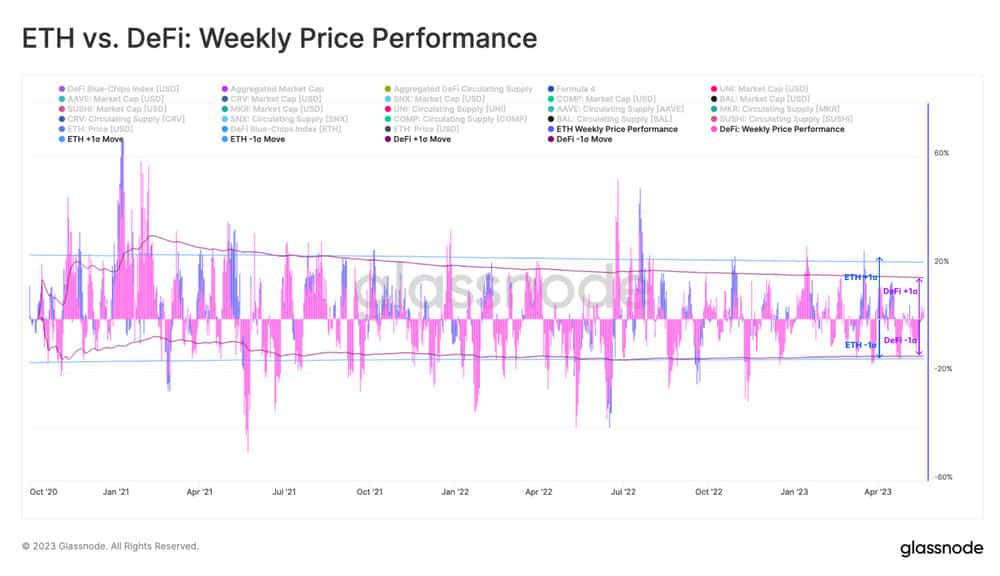Ethereum’s transaction fees have risen by 50% this week, consuming $3 million in 24 hours, unexpectedly. Data from IntoTheBlock showed that this increase was brought on by a relatively unknown token VMPX, which accounted for 18% of gas use.
Several analysts shed more details on the gas spike. As per Cygaar, the main culprit is a specific contract where users are making validators run useless or unnecessary code.
This consequently results in higher total gas consumption on the Ethereum network. It has been determined that the in question contract is the biggest consumer of ETH gas, considerably raising transaction prices.
This newly launched ERC-20 token, Defiant wrote, has triggered ETH’s gas prices to reach a 2-month high as users race to mint VMPX tokens.
Not only that, the token led all contracts in terms of burned ETH, putting it ahead of typical gas guzzlers like Uniswap and the 0xTheter stablecoin.
VMPX is currently the 1 fee-generating smart contract on Ethereum. Just 12 hours after the VMPX [eVMPX] token minting process launched, over 2 million dollars in fees have been spent to mint VMPX! That’s a lot of fee burn on ETH, too.
VMPX coins, a project launched via Jack Levin’s XEN [social mining project], got users hooked during its mint rush event on July 4, driving up the price of ETH gas to 77 gwei.
Per x1 litepaper, VMPX serves as a bridge liquidity token between the Bitcoin and Eth Blockchains where holders can earn yield by providing liquidity between the chains through staking.
VMPX Project- A Vampire Attack On Ethereum?
The VMPX token’s detractors claim that the project serves no use and just clogs the network with exorbitant gas costs.
“The VMPX website has a giant picture of the founder’s face with absolutely ZERO description of what the token even is, and what people are minting. Sometimes i think we actually deserve zero…”
Others voiced similar concerns calling it a Vampire attack on Ethereum.
“Just 24 hours after the [eVMPX] token minting process launched, over 2.3 million dollars in fees have been spent to mint VMPX! In fact, it has used over 25% of all processing power of Ethereum in the past 24 hours. So what is the point of all of this? Who knows… maybe there’s a deeper ecosystem behind VMPX, or is it just a vampire attack on Ethereum?”

